Day 4 - Karatsu, Kyushu 108 Temple Pilgrimage, Japan
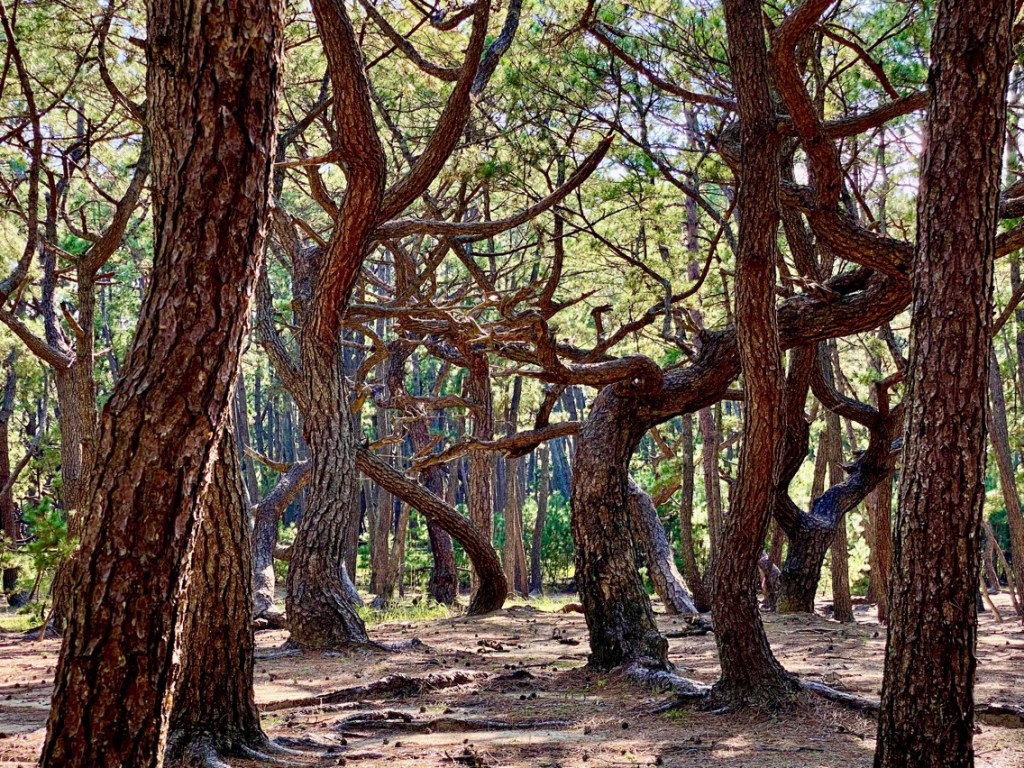





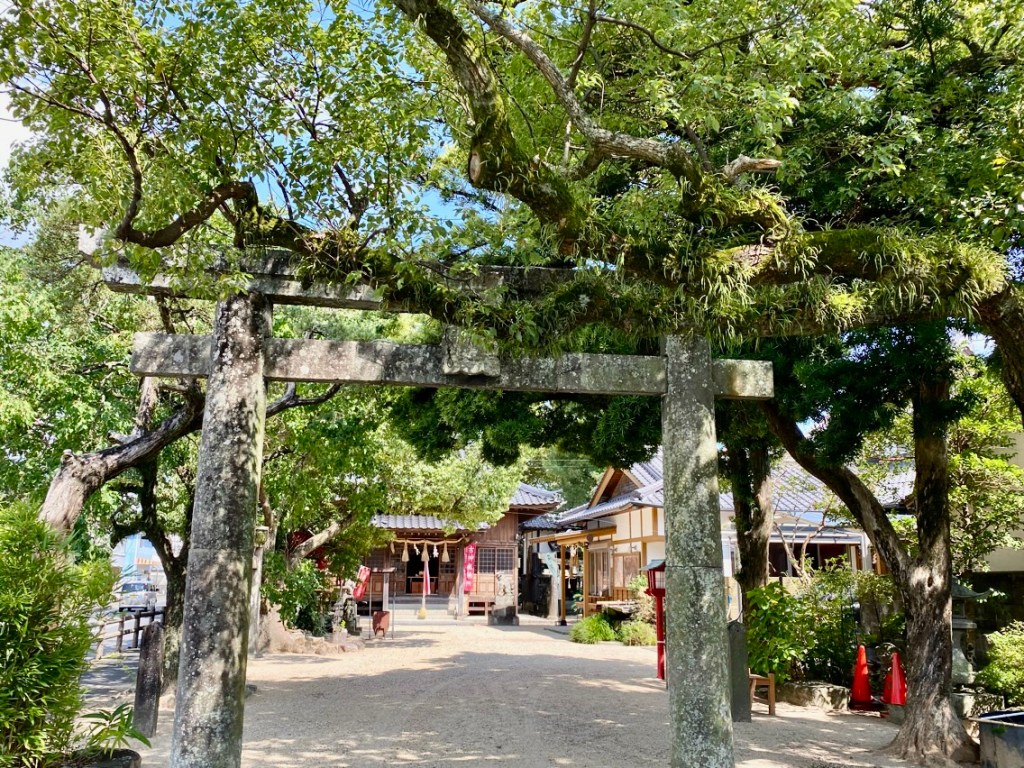
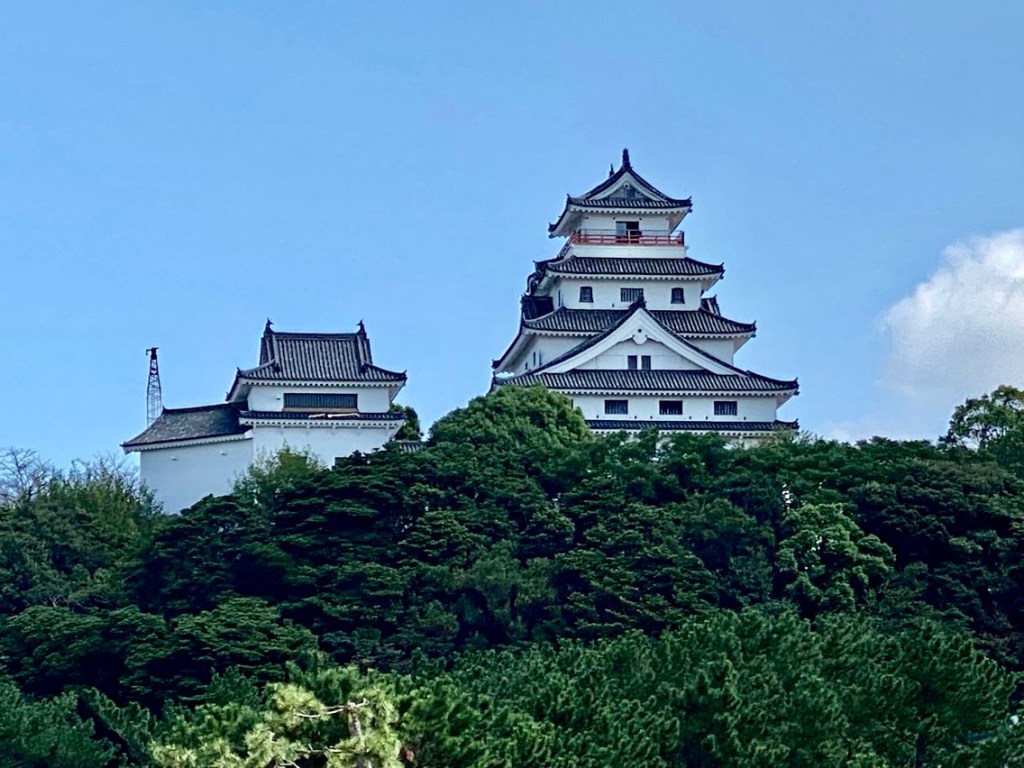









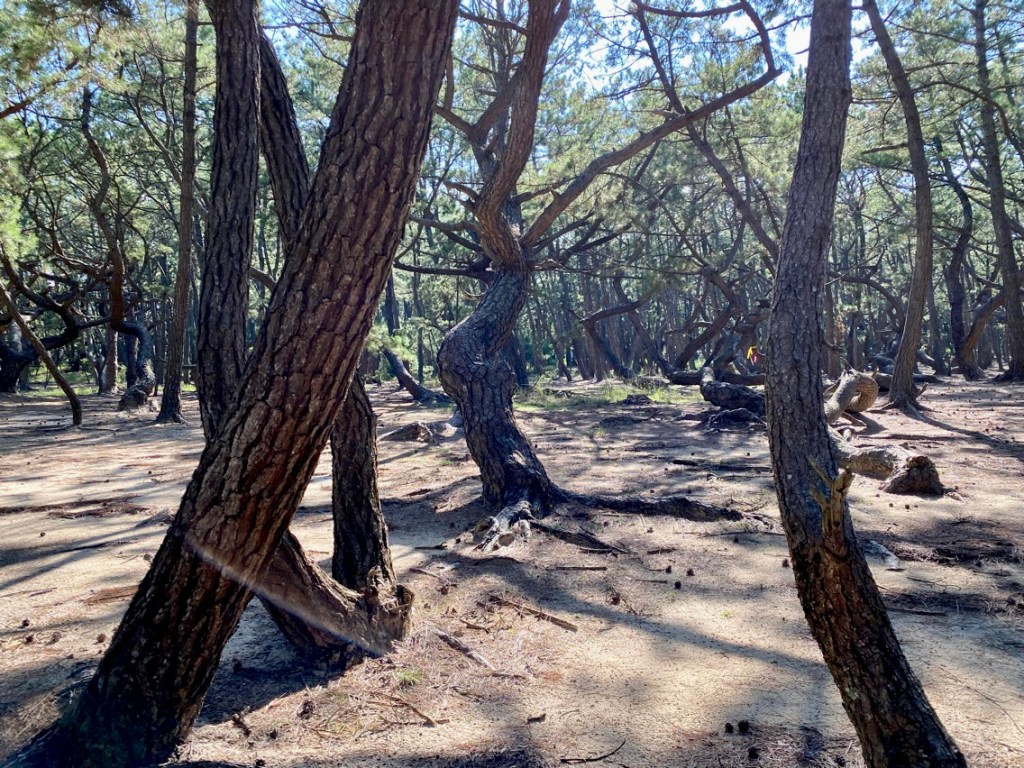










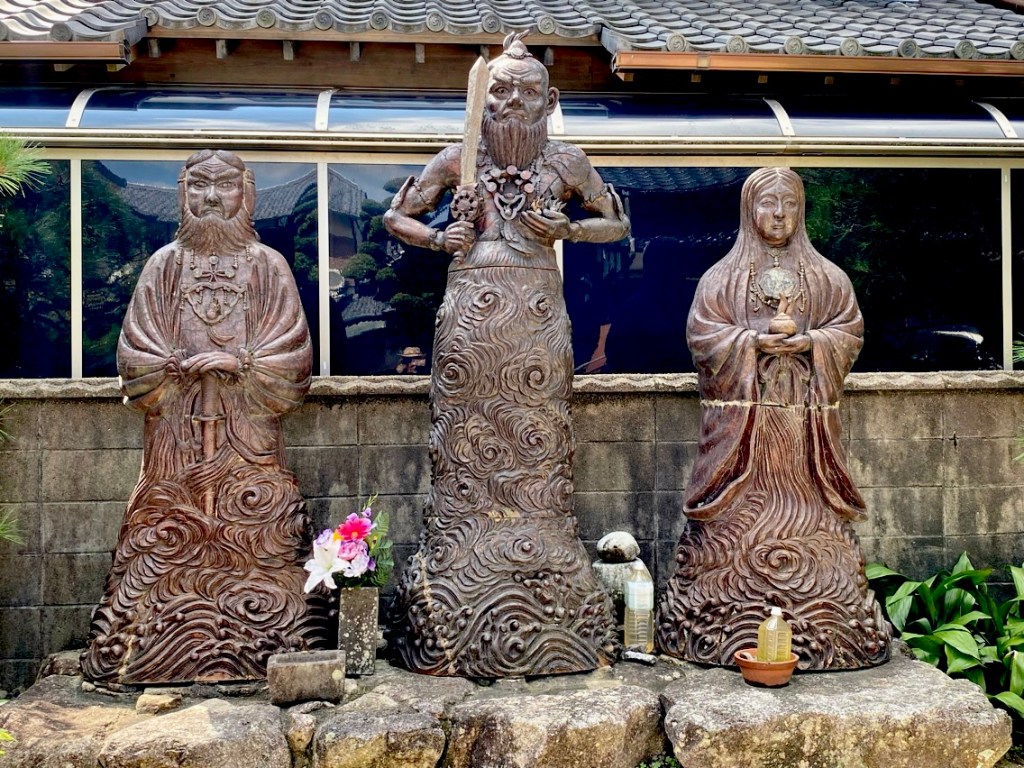



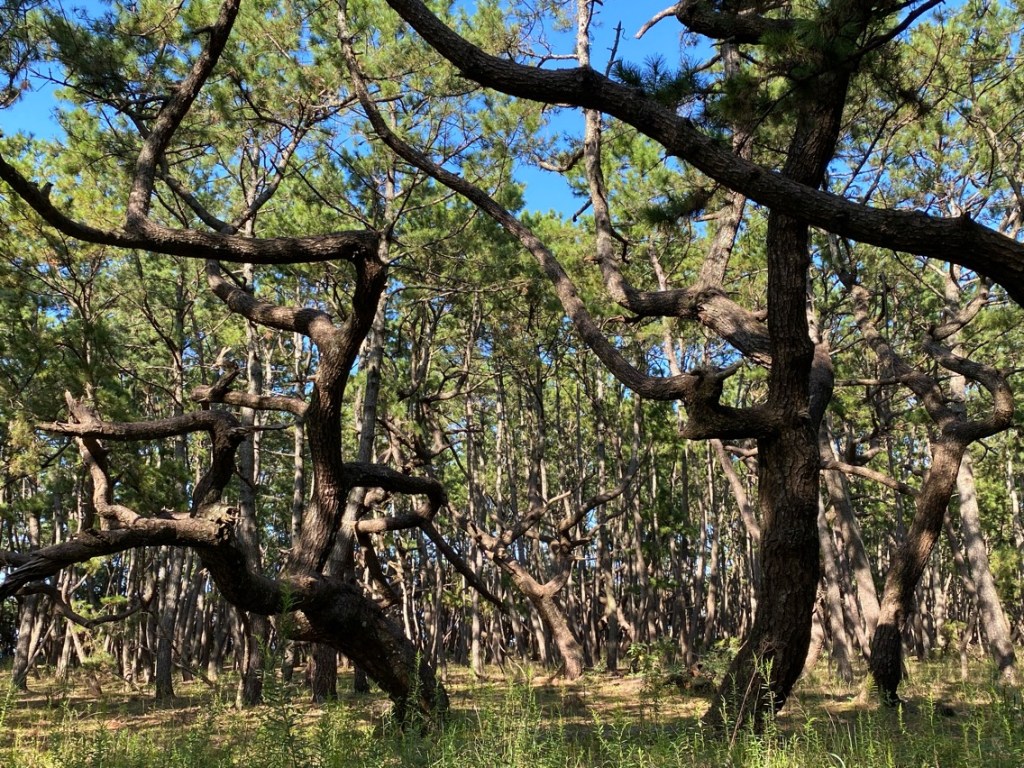







Day 4 - Itoshima To Karatsu, Kyushu 108 Temple Pilgrimage, Japan
In about a week, our friends Joseph and Wendy are flying to join us for a few days on our pilgrimage walk around Kyushu island.
We will meet in the town of Karatsu, west of Fukuoka, and will walk south together to Ureshino Onsen.
But Jules and I still need to cover the distance between our last temple in Itoshima and Karatsu. We also have two temples to visit in Karatsu.
The walk from Itoshima to Karatsu is all along the Sea of Japan, locally known as the Genkai Sea.
Sometimes there were sidewalks, but for long stretches, there were none.
Most restaurants and cafes we passed by were closed.
Coming from Colorado where there are so many people everywhere, the countryside of Japan feels so empty.
In fact, there is an eerie feeling to this part of Japan that we are not completely comfortable with or even understand.
We visited Karatsu only about six years ago, and it was vibrant with tourists and locals.
People visited the castle, and walked or ran through Niji No Matsubara Pine Grove, an ancient pine grove that was planted all along the seashore, to protect the region from storms and winds.
This pine grove runs for about 10 kilometers paralleling the sea.
The trees have beautiful gnarled limbs that reach high into the sky, and provided shade for us to walk under.
Karatsu City is famous for the Karatsu Castle, Karatsu ceramic ware, and for the pine grove.
In the center of town, we found Daisho-in Temple #81.
The surrounding area is lined with beautifully manicured gardens in the grounds of other old temple buildings, making the area worthy of its name, Teramachi - A Temple District.
Originally, this temple was located in Kitahata Village and it was named Daiho-ji Temple.
In modern times, the village was merged into the expanded city of Karatsu.
In the era of Hideyoshi (16th century),
the temple was used as a prayer temple of Hata Mikawa no kami, the lord of Kishidake Castle.
In the first year of the Qing Dynasty, (1636-1912) it was relocated to Karatsu by the great monk Kogen Dai Osho and its name was changed to Daishoin.
We entered the main hall to chant and light incense while the lady stamped our book and scroll.
The principal image of worship is Fudo Myoo.
Fudo Myoo is one of my favourite deities.
He is also known as “Acala” in other countries, and he has been worshiped throughout the Middle Ages and into modern times in Nepal, Tibet, China and Japan.
He is a remover of obstacles and destroyer of evil.
He is usually displayed with one eye closed, standing by waterfalls and surrounded by fire.
The temple also has an Eleven-faced Kannon Buddha in a shrine that is only open once a year, on August 17.
A large statue of the Ascetic Monk Kobo Daishi is enshrined on the rooftop on the right side of the temple gate.
Daishoin Temple was run by an elderly mother and her daughter. The mother spoke very little English.
She told us that her daughter speaks English well, but she was at school.
She stamped our scroll and gave us cold green tea, which was refreshing.
We walked to the second temple in Karatsu, via a detour to see the Karatsu Castle along the shore.
Kakurinji, temple #80, was up a small hill, facing the Genkai Sea.
It has long been an important port area, connecting Kyushu Island to the mainland of Japan.
The principal image enshrined is Yakushi Nyorai, the Buddha of healing and medicine.
The temple seemed neglected and the elderly monk was sleeping in his chair and would not wake up, even when I said hello through the open window.
His laundry was hanging in the garage and cobwebs lined the eaves of the roof.
The office seemed disorganised and the monk had bottles of medications and a medical cushion on his side, giving clues to his bad health.
He woke up after we rang the bell.
His eyes were oozing infection and I felt sadness and compassion for him.
Again, I had thoughts about how a life on the path doesn’t really lead to mastery.
In this temple, the Yakushi Nyorai, the Buddha of healing and medicine, either doesn’t do a good job helping his own monk, or more likely, the monk is not understanding that it takes much more than clasping our hands in prayer, chanting or dropping money into the donation box in front of the healing Buddha.
We need much more than spiritual teachings, prayers, compassion and esoteric theories.
We need good life habits (many monks are heavy smokers and Sake drinkers) and we need to put the principles into practice.
In Colorado, we have people who know very little about Buddhist spiritual matters.
They keep no vegetarian diet, say no prayers and don’t chant, but some are true masters.
They are truly easy going with innate wisdom and self discipline, a mastery they gained through their athletic pursuits.
The monk stamped our book and scroll and thanked us for coming.
The temple also enshrines a statue of Kobo Daishi, a Fudo Myoo and Thirteen Buddhas, and it is known to believers as a temple of prayer for safe delivery and child-rearing.
My feet were hurting as we continued to cover the walk between Karatsu and Itoshima.
Many thoughts crossed my mind as I walked.
The path is about learning to love this life, the one that you have. Then you can really love others, which is also what a spiritual path and a practice of mastery is about.
It is easy to love your own siblings or mother and father and children. But those on the path, must learn to love others as our own, regardless of country, race, religious affiliation or opinions.
The day was getting hot again and my feet were throbbing and achy.
I felt relief when we finally reached the rural train station that took us back to Hakata in Fukuoka.
We rested in a tea shop and then had Korean food for dinner, bibimbap served in a hot stone bowl of rice with vegetables and a spicy sauce.
We also had a Korean pancake made from rice flour and onions with a dipping sauce.
We returned to the hot springs hotel and got the keys to our new room.
It is the smallest traditional tatami mat room we have ever stayed in, but the hotel has only 30 rooms and it is fully booked for the next few days.
It took us awhile to organise the bed futons, but after we managed to place them in a way that allowed us to go to the toilet at night without stepping over one another, we felt comfortable.
We went downstairs to soak in the hot springs and did our laundry.
It was a good day…
Stats: 21,473 steps
Today’s walk: 14.5 km
Kilometers walked to date: 83.5
Temples visited:
Temple #80 - Kakurinji
Temple #81 Daishoin


